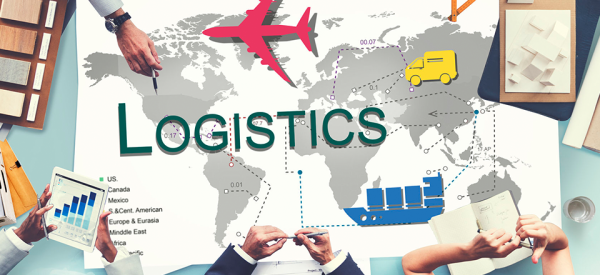Goods and Services Tax impact Transport and logistics (T&L) sector
GST impact Transport and logistics (T&L) sector What to expect The registration, payment and refund processes under GST will be routed through a centralised common portal set up by GSTN. The common portal will act as an interface between the taxpayers, authorities, banks, RBI and accounting authorities. At the back-end, the portal will be integrated…












